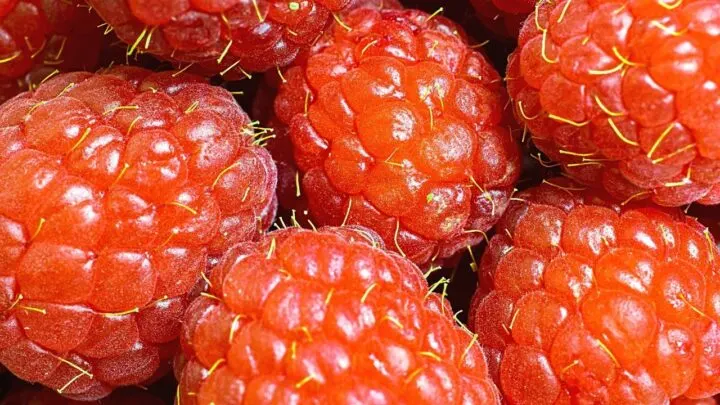Although you may love the sweet taste of plump and juicy raspberries, you may still have questions about these popular raspberries and the family they’re in.
For instance, many people wonder why some raspberries have hair and whether it’s safe to eat the hair.
Then, there are the true raspberry lovers who will gladly pop a raspberry into their mouth — hair, and all — without a second thought, but even they may wonder about the hair as they savor the sweet taste.
So, why do raspberries have hair? It certainly doesn’t make them look or taste more appealing, but the hair must be there for a reason.
Table of Contents
Why Do Raspberries Have Hair?
The little raspberry hairs are leftover parts of the plant’s female reproductive organs called the pistils. These hairs also prevent insects from damaging the berries. It’s perfectly safe to eat raspberries with hair on them.
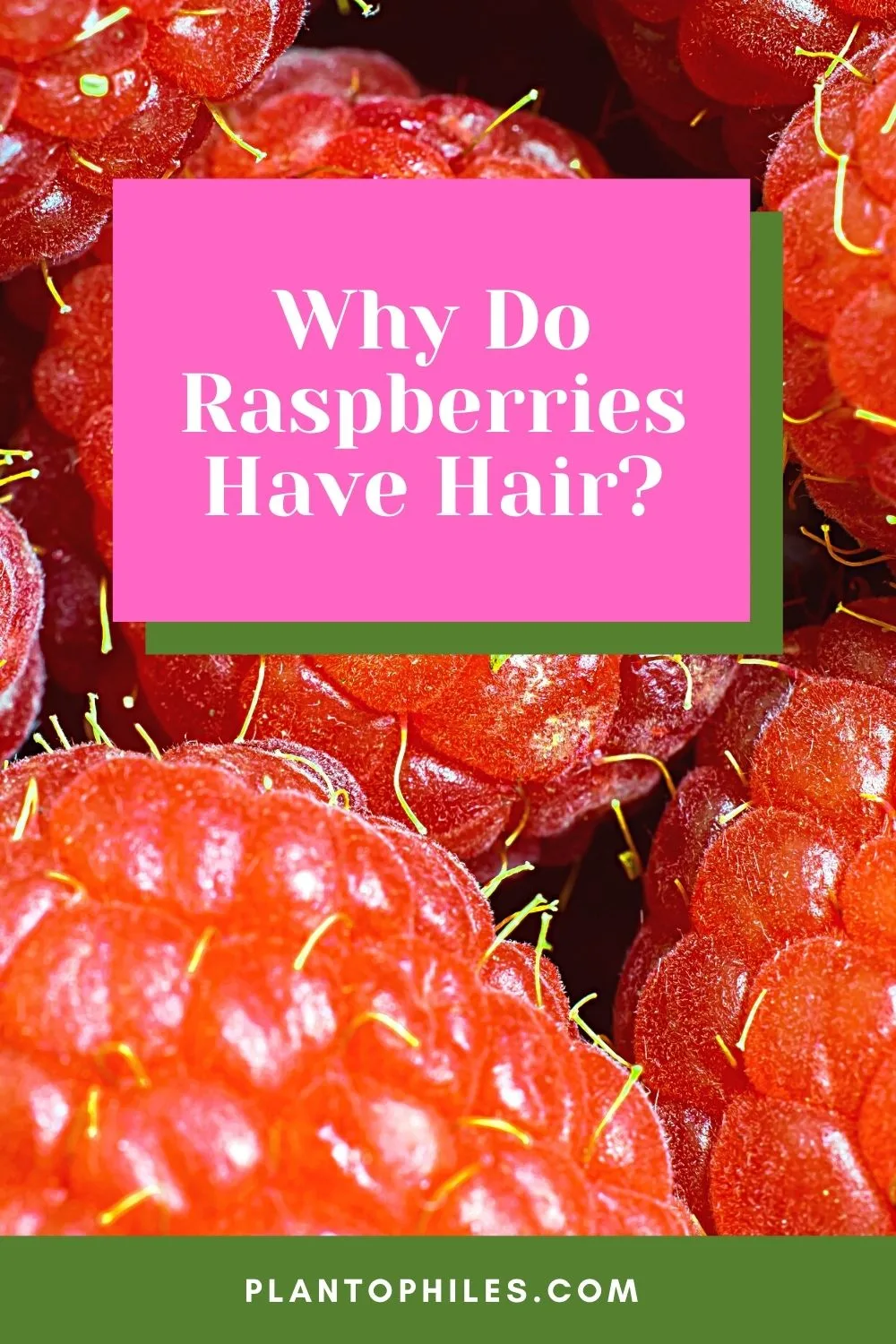
Why Do Raspberries Have Hair
Raspberry Hairs are Remnants of Reproductive Organs called Pistils
Have you ever wondered how your raspberry bushes produce the plump delicious berries that you and your family love?
Well, the berries aren’t directly the result of the seedlings or canes that you planted last season.
Raspberries are actually aggregate fruit clusters — with each of the fruits developing from the individual pistils.
While you may have noticed how apples and oranges grow on trees, starting out as a small green fruit before growing larger and turning colors, raspberries don’t develop in this same manner.
Instead, after the original white-colored flowers on raspberry bushes have been pollinated, they will develop multiple pistils, which later grow into raspberries.
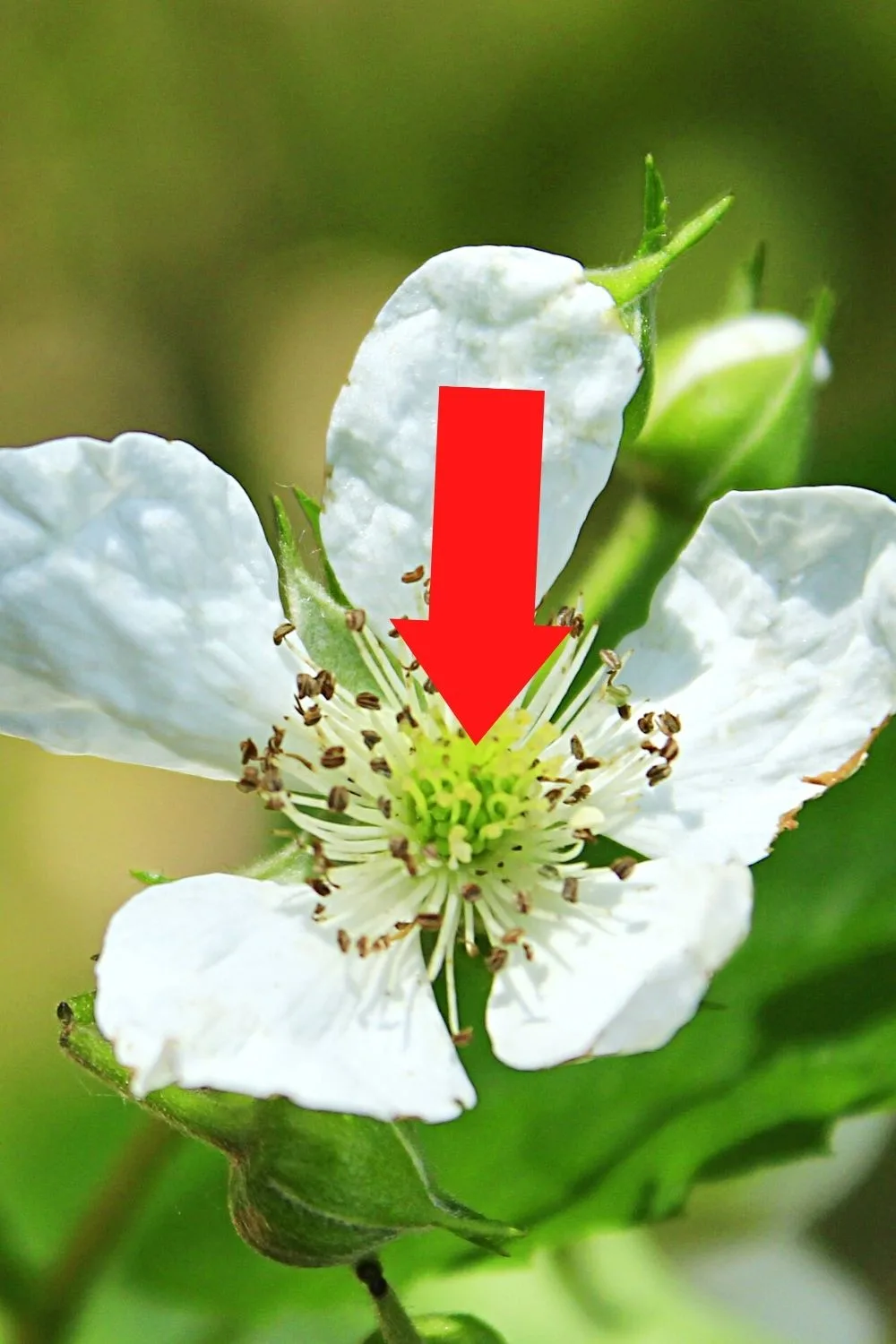
The raspberry hairs are remnants of the pistils, the female reproductive organ of the raspberry flower
Once the berries have reached their full maturity, the fuzzy hairs will be all that’s left of the original pistils.
Raspberry Hairs are Essential for the Plants’ Natural Reproduction
Raspberries are self-pollinating plants, which means that each flower on raspberry bushes contains both male and female reproductive organs.
The male organs on the plant are called stamens, and the female organs are called (you guessed it) pistils.
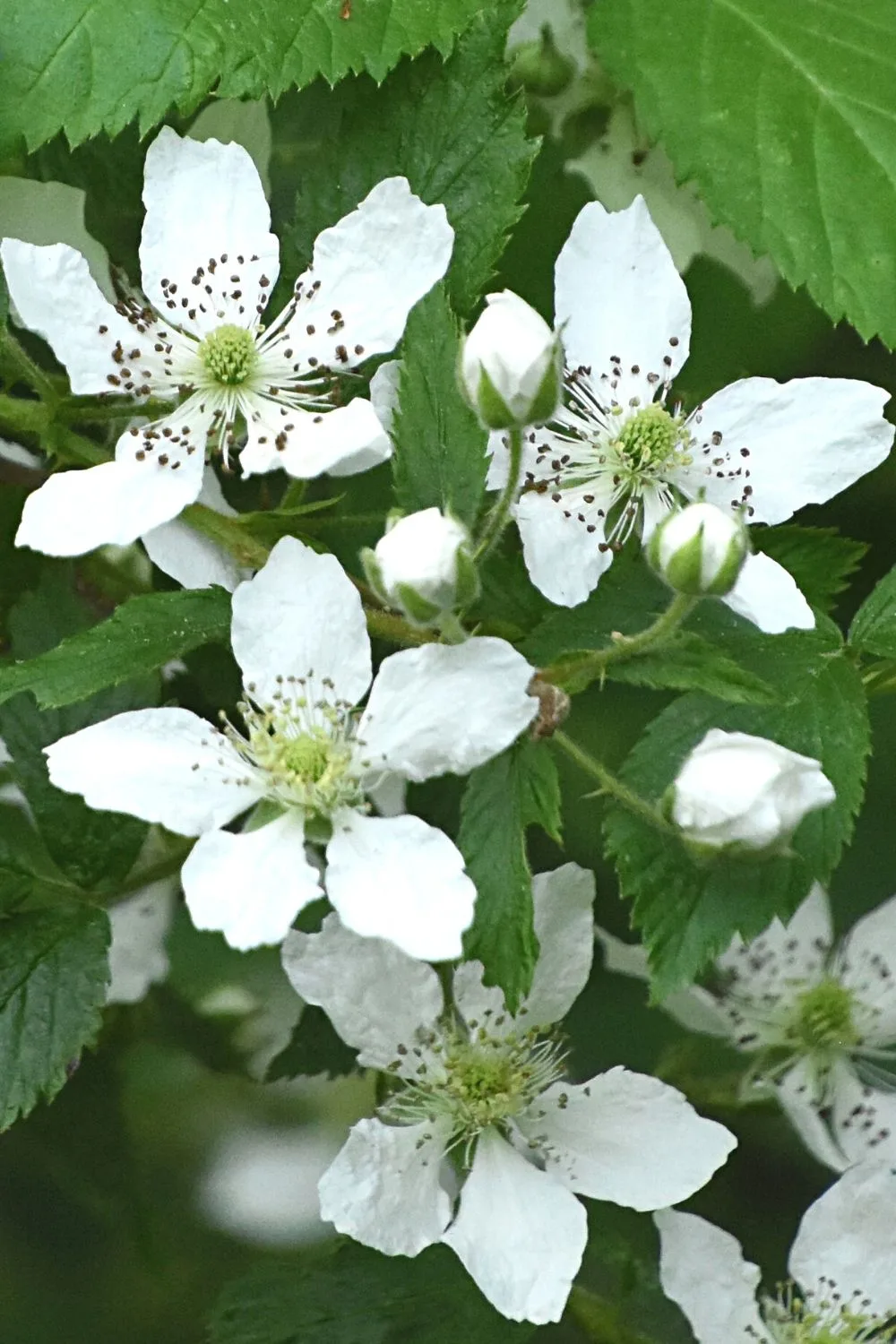
Raspberries are self-pollinating plants, hence, they have both stamens and pistils
Gardeners only need one raspberry bush to produce fruit. Raspberries are capable of self-pollination, so the plant can produce berries on its own, without your help.
While the end result is delicious berries, the true reason for raspberry reproduction is simply survival.
You may have endured the slightly painful experience of stickers lodging into your socks and pant legs or watched with awe as daffodil pistils blew past you in the wind.
This is how many flowering plants spread their seeds in the hope that the seeds will travel to fertile ground and produce a new plant.
Raspberries reproduce in a similar manner, but even more rapidly than many other plants.
Although they are self-pollinating, bees may still assist in the reproductive process.
Mainly, raspberries reproduce through ground runners, but the actual method of reproduction depends upon the variety of raspberry cultivars that you are growing — and the berries and their hair may play a role in reproduction.
Raspberry Hairs Prevent Insect Damage
Since raspberries are self-pollinating and often reproduce through ground runners, you may wonder why they need to maintain hair.
Even though raspberry hairs are leftover pieces of the female reproductive organs, the berries will likely be eaten as long as they don’t fall on the ground.
How does that aid in reproduction?
Although bees are helpful in pollinating raspberries, they aren’t necessary, so the remaining pistils aren’t likely to travel far like those of daffodils. And raspberries can still reproduce, regardless.
Well, the raspberry hairs serve a secondary purpose: protecting the berries from insect damage.
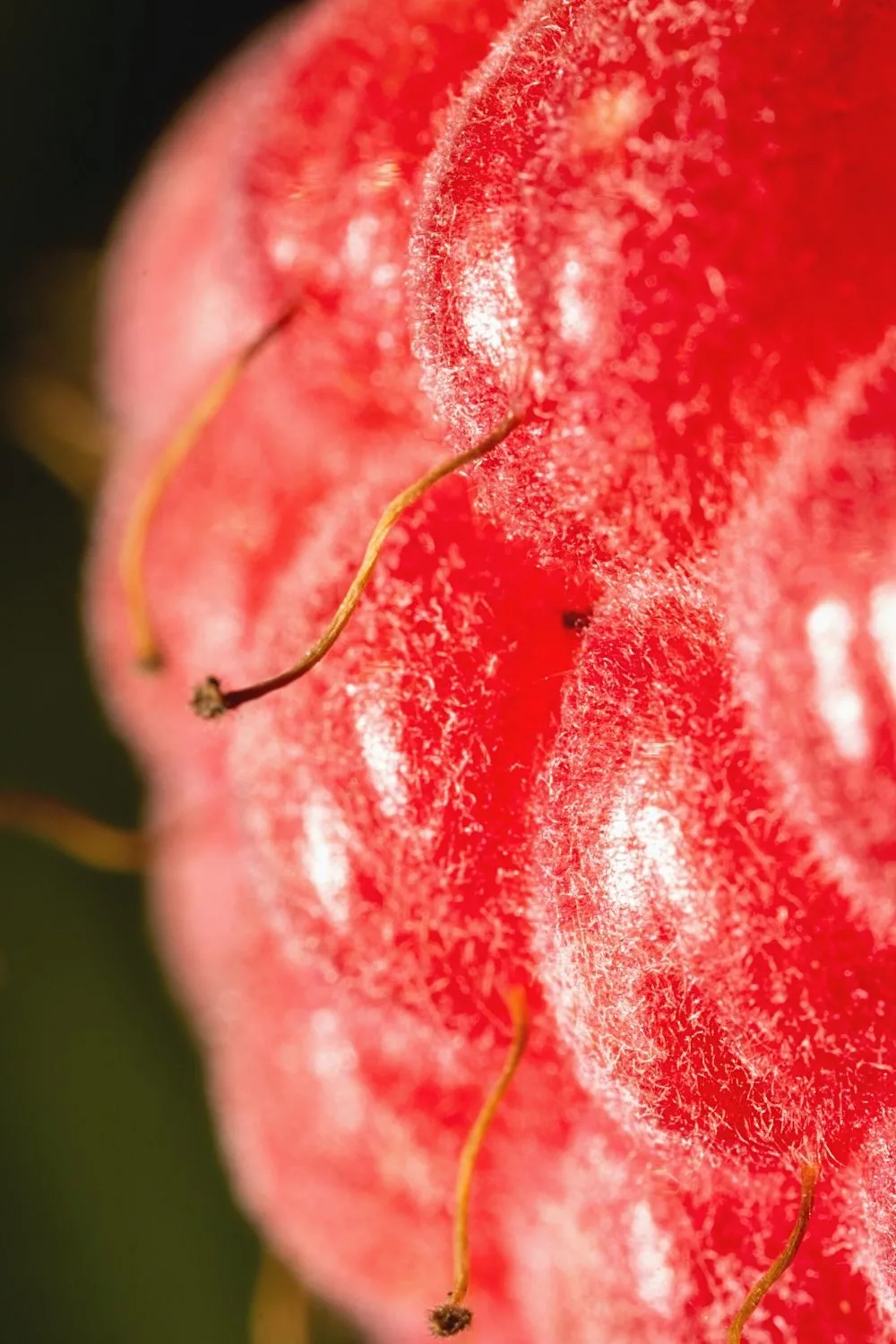
The hair found on the raspberry fruit serves to protect it from insect damage
While raspberries are still prone to insect infestations and fungal diseases, the hairs do protect the plant from many pests and may reduce the impact of insect damage to the berries.
Raspberry Hairs are Perfectly Safe to Eat
If you are wondering whether raspberry hair is safe to eat, you can go ahead and chow it down with peace of mind.
The fuzzy hairs have no effect on the taste or edibility of raspberries. They are still healthy and tasty — regardless of the hair.
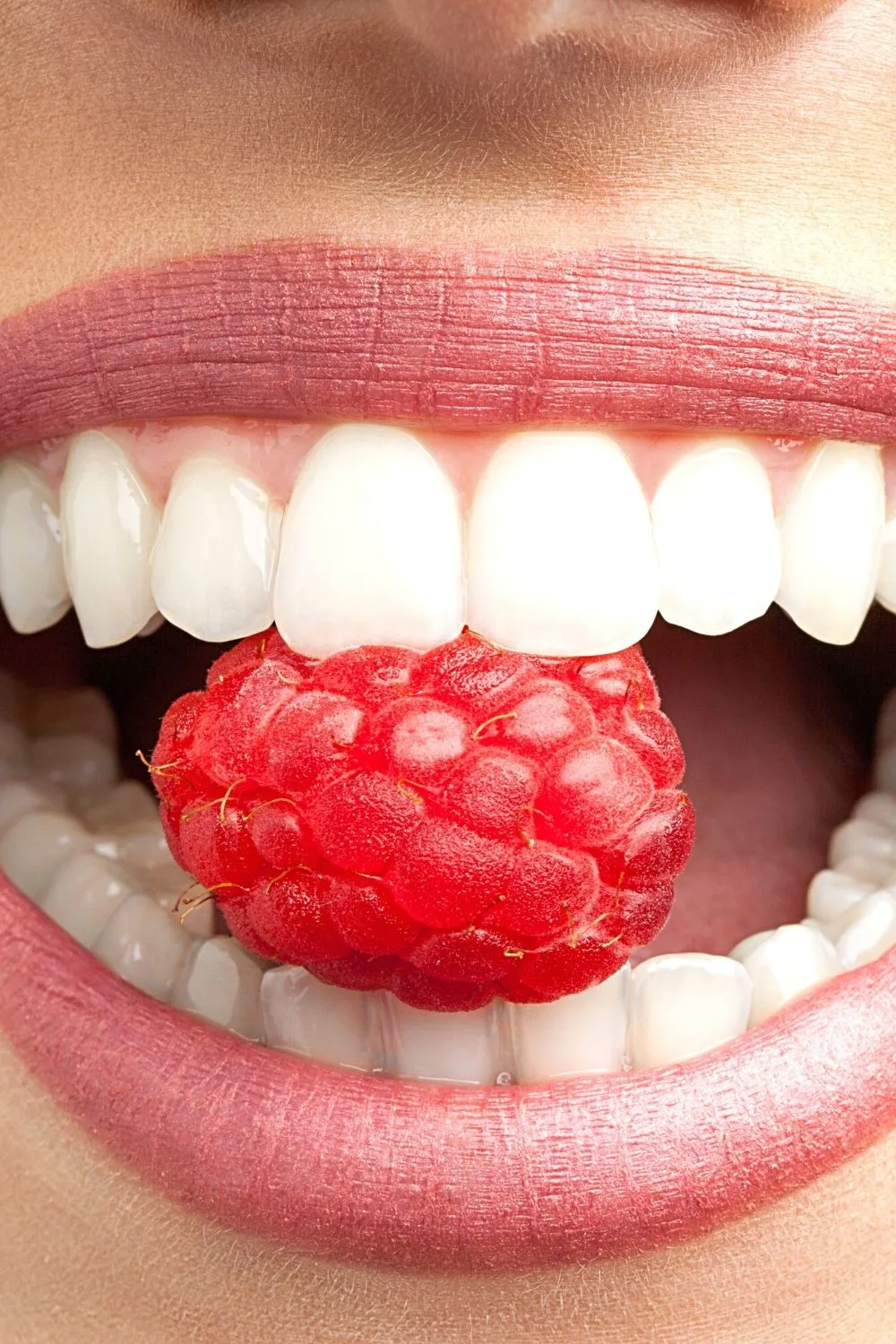
The raspberry hair is perfectly safe to eat and does not affect its flavor
Speaking of hair, raspberries are packed with B vitamins, folate, and magnesium, which are essential for hair health and growth.
While this fact has nothing to do with the hair that grows on raspberries, it gives you an even better reason to enjoy these sweet-tasting berries.
Frequently Asked Questions about Why Raspberries Have Hair
What are the dangers of eating raspberries?
While raspberry hair won’t harm you, some people may develop an allergic reaction to the fruit, which includes skin rashes and swelling. This is caused by sensitivity to naturally occurring compounds found in some fruits, including raspberries, blueberries, and peaches.
Are raspberries good for you?
There are many health benefits of eating raspberries, including lowered blood pressure. Raspberries contain omega 3 fatty acids, which have been linked to a reduced risk of heart disease and stroke, and minerals, such as potassium, that can aid in bone health.
Are raspberry leaves edible?
While you could certainly eat raspberry leaves, most people prefer to eat the berries instead. However, you can brew a delicious raspberry tea with dried raspberry leaves. You can make the most of your harvest by drying the leaves with a dehydrator and using them as homemade tea leaves.
Conclusion
While raspberry hairs are unsightly and give raspberries a strangely unique texture, these hairs are essential for raspberry bushes to reproduce without the help of human gardeners.
The hairs also prevent or reduce the impact of insect damage, which every gardener would agree is a good thing.
Since raspberries are so delicious, they have become a popular plant to grow. Even though raspberries no longer need to rely on self-reproduction, their hair remains, nevertheless.
Fortunately, you can always harvest a variety of raspberries that have less hair, if you aren’t too keen on the texture of the hair.
But if raspberry hair doesn’t bother you, feel free to enjoy the berries — hair and all.
Raspberry hairs don’t impact the taste or health benefits of the berries, and at least the hairs keep some of the bugs away!

Daniel has been a plant enthusiast for over 20 years. He owns hundreds of houseplants and prepares for the chili growing seasons yearly with great anticipation. His favorite plants are plant species in the Araceae family, such as Monstera, Philodendron, and Anthurium. He also loves gardening and is growing hot peppers, tomatoes, and many more vegetables.

